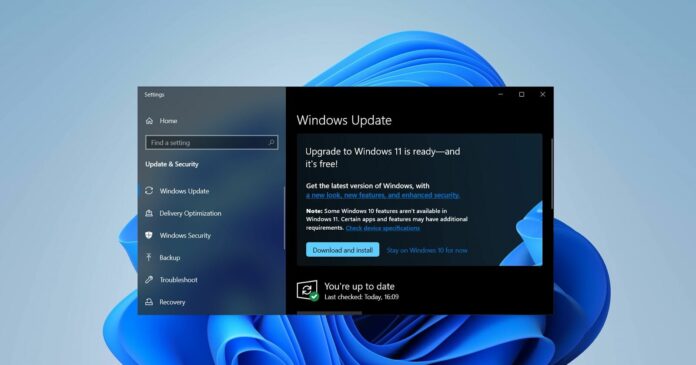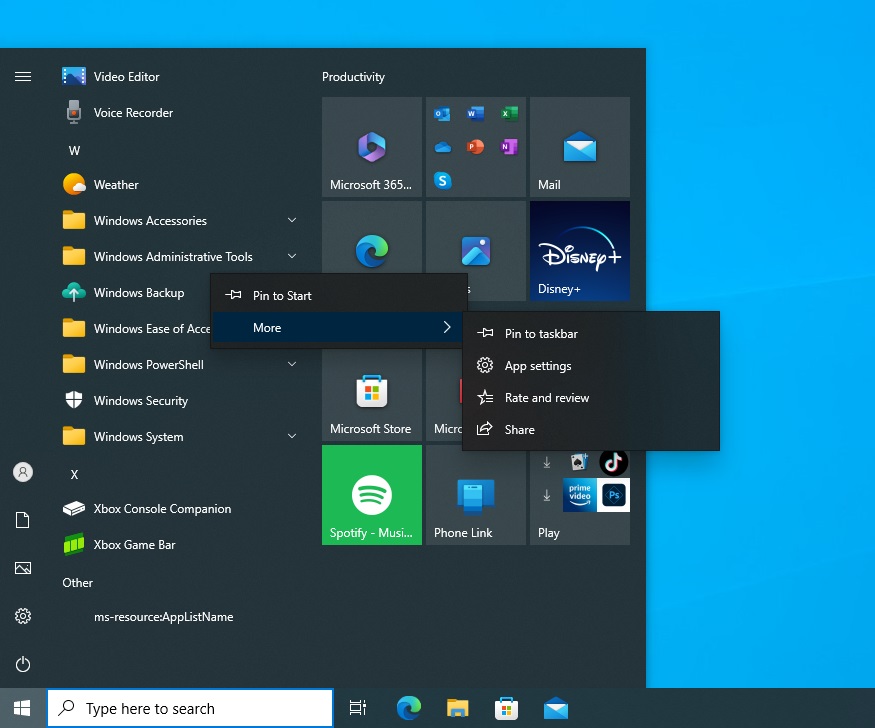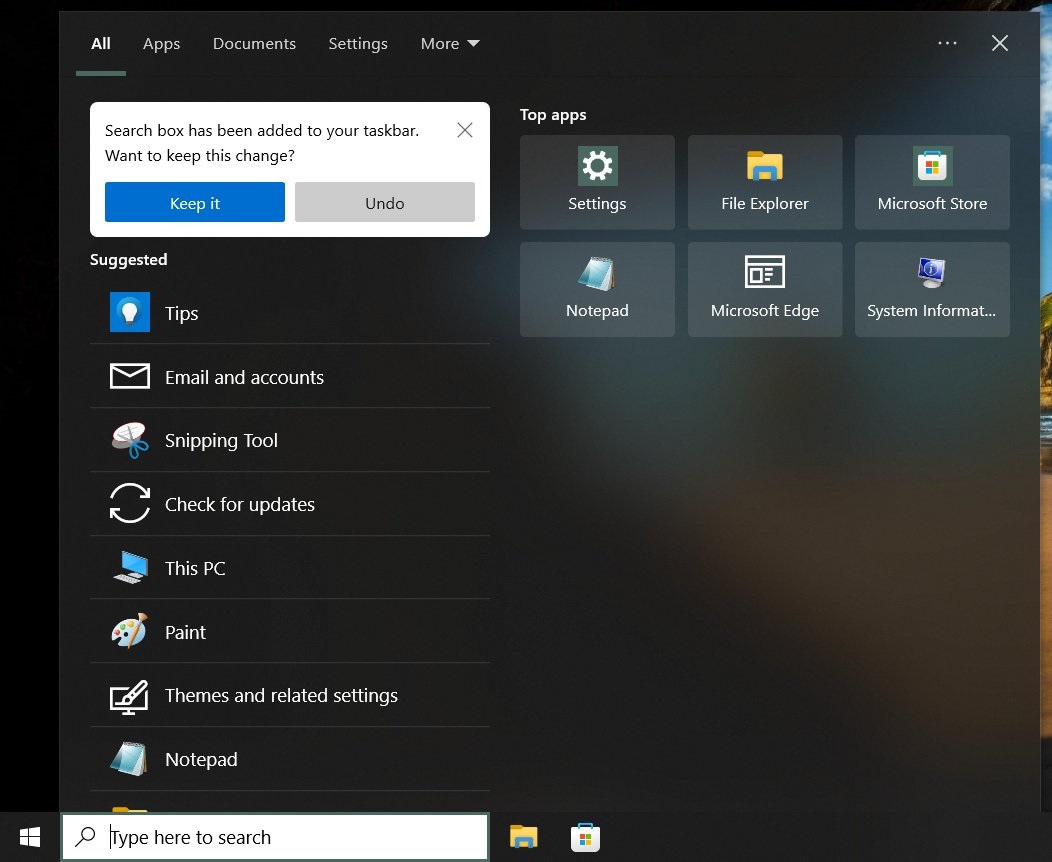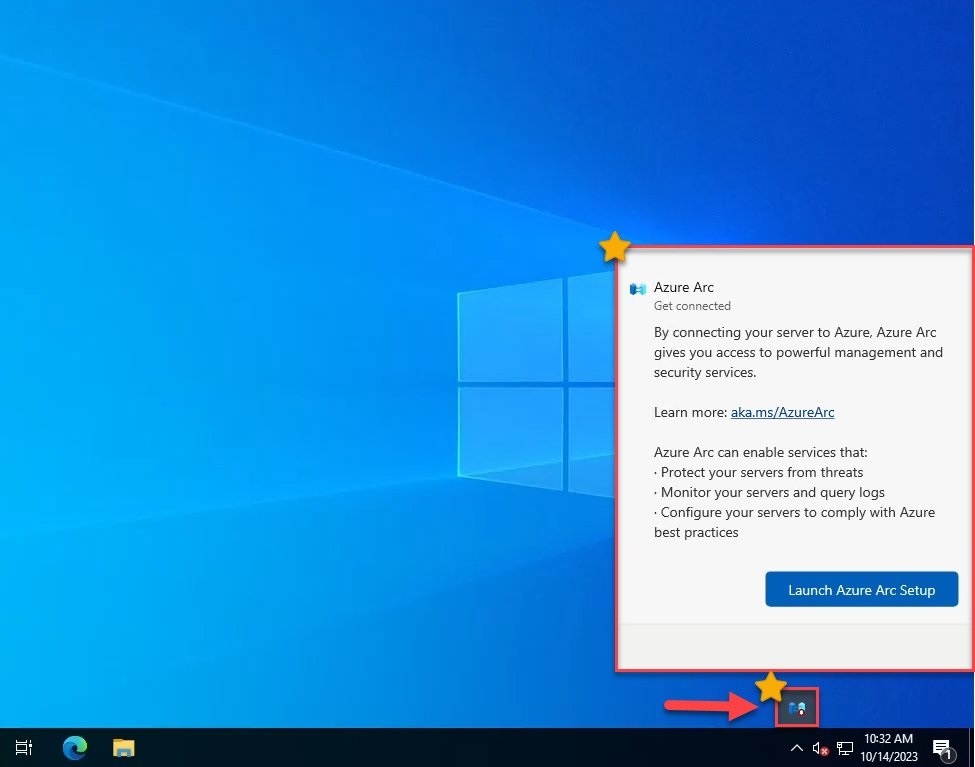
KEY POINTS
- Windows 10 LTSC (Long-Term Servicing Channel) is preferred for stability and fewer changes. However, recent September and October 2023 updates have introduced unexpected changes, causing concern among users.
- Microsoft added a non-removable “Windows Backup” app powered by OneDrive to the LTSC version, which wasn’t designed for non-personal Microsoft accounts.
- The October 2023 Update further introduced an “improved search box experience on the taskbar”, pushing the Bing and web-focused Windows Search interface to LTSC machines.
Windows 10 LTSC (Long-Term Servicing Channel) is a version of Windows that doesn’t get updated as often as the Pro and Home versions. While it brings new features or improvements, Microsoft doesn’t change any of the settings in LTSC or add new apps or UI changes as frequently as in other versions.
Because of this stability or fewer changes, some people and businesses prefer LTSC, especially if they do not want Microsoft to make unwanted changes. However, recent changes introduced by the Windows 10 September 2023 Update and October 2023 Update seem to challenge this reputation, causing outrage in the community.
As Windows Latest reported last month, Microsoft added a new “Windows Backup” app powered by OneDrive to the LTSC version. This move caused outrage in the community, particularly from enterprise customers, as the non-removable cloud-powered feature isn’t even designed to work on non-personal Microsoft accounts.

Following our reporting, Microsoft issued a support document to confirm its plans to hide the Windows Backup in the Start menu and other places on unsupported devices.
The company later clarified that it has no intention to remove the backup app from unsupported PCs because it’s a system component, but it is planning to hide it.
When users hoped that Microsoft would heed their feedback from September, October 2023 Patch Tuesday update delivered another setback.
This time, the tech giant has rolled out multiple changes. The support document notes that the first change in the October 2023 Update is support for an “improved search box experience on the taskbar”.
“If you have a top, bottom, regular, or small icons taskbar, you will see the search box appear. You can use it to easily access apps, files, settings, and more from Windows and the web,” Microsoft noted.
It turns out the changes are also heading to Windows 10 LTSC.

The October 2023 Update forces the Bing and web-focused Windows Search interface on LTSC machines. In some cases, Microsoft re-enabled the search bar in the taskbar, reinstalled Microsoft Edge and refreshed the interface of the search panel.

“I am on Windows 10 LTSC, and LTSC is not supposed to get any feature updates, but yet, when I updated my LTSC, not only did it enable the search bar in my taskbar without my consent which I DISABLED, it also ruined the whole search bar entirely. It’s full-screen now,” one of the frustrated LTSC users noted in a post on X (Twitter).
Replying to a post titled “search icon in the Windows 10 taskbar switched to be a box” in Feedback Hub, a Microsoft representative has previously stated that “there’s an option to switch search box to an icon if you right-click the taskbar” without explaining what’s going on.
Windows Server 2022 is not spared either, as it gets a new “Azure Arc Setup” feature
The recent changes are not just limited to Windows 10 LTSC.
Microsoft also added a new “Azure Arc Setup” feature in Windows Server 2022 via KB5031356.
The new “Azure Arc Setup” feature creates an entry for itself in the Start menu and the local disk where the OS is installed.

Microsoft is also experimenting with a taskbar pop-up that reminds you to try Azure Arc because it protects your servers from threats or monitors your servers and query logs.
Fortunately, if you want to remove this app from Windows Server 2022, you could run the Remove-WindowsFeature AzureArcSetup command in a terminal and reboot the system.
While changes in Server 2022 can be reversed manually, the LTSC community is awaiting more transparent communication from Microsoft.
